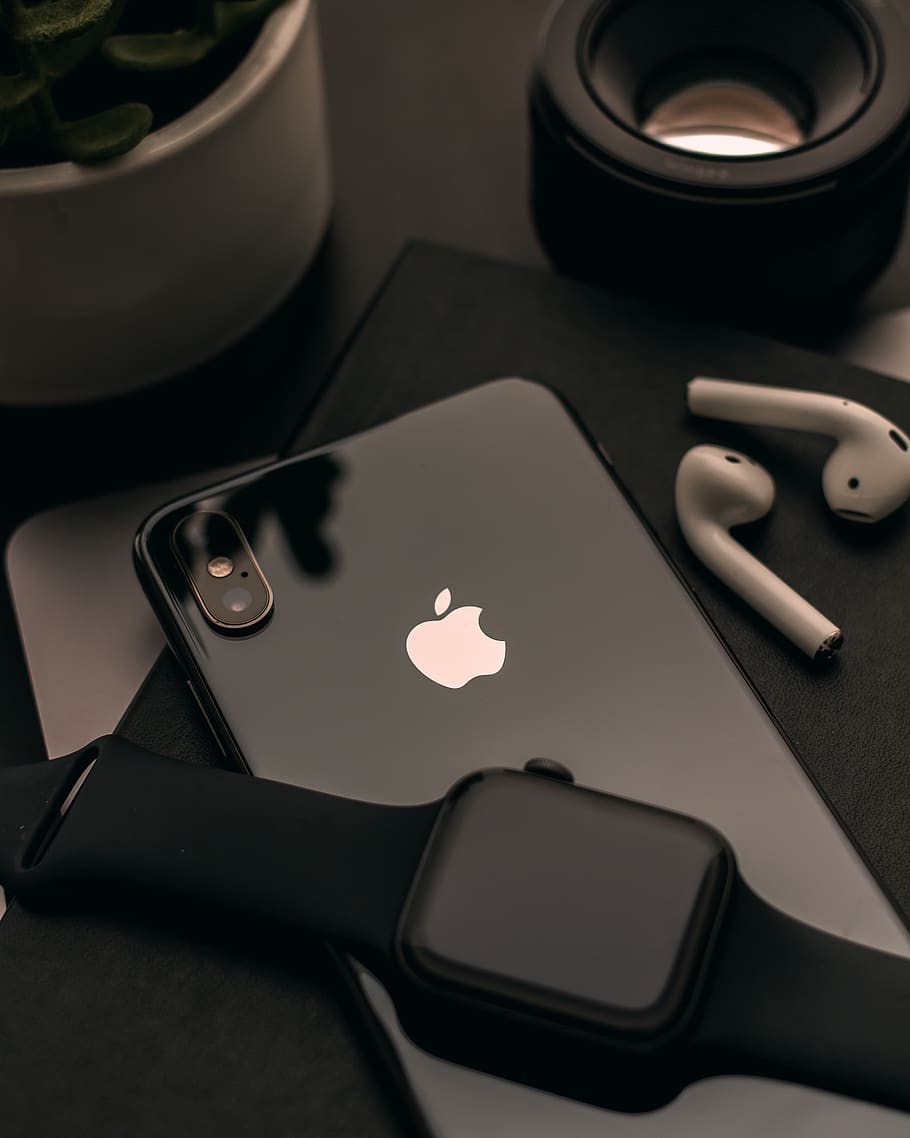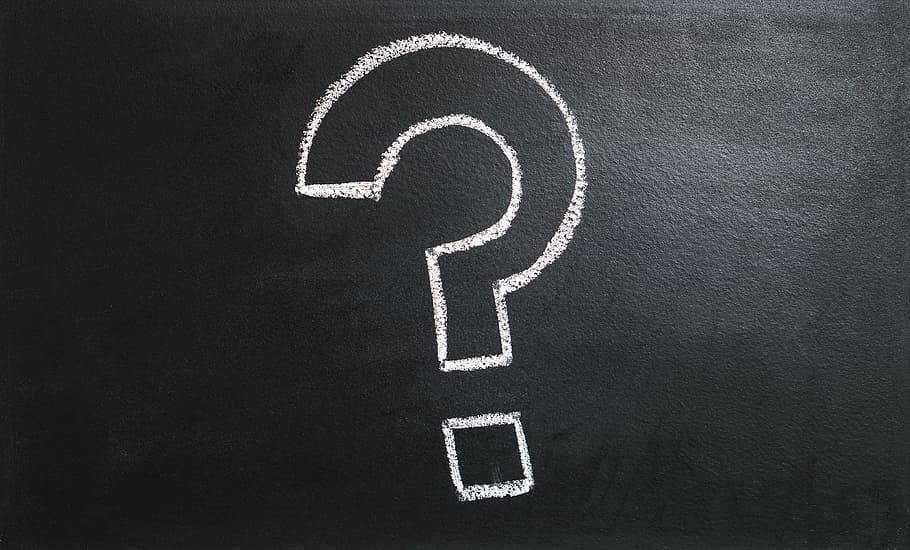Easy way to Produce Liquid Chalk at Home
Easy way to Produce Liquid Chalk at Home

This is an instructable on how to make your own liquid chalk for climbing and other sports that require a firm grip. A few guys who were new to the area introduced me to the idea a day or two ago at the local crag. We were discussing routes and good techniques when they pulled out a bottle of it and offered me a taste. It was incredible. In less than a minute, it filled in all the cracks in your hands and provided you with a great base layer of chalk.
Also read: how to Mix Chalk with rosin
Step 1: Gathering Materials
Any type of climbing or gymnastic chalk will suffice. Powder chalk is preferable, but blocks will suffice.
The alcohol comes next; I chose the highest percentage I could find at the store. I’m not sure if 50% would dry as quickly.
Make sure you have an airtight container and something to stir the mixture with.
Step 2: Combine Everything
Unless you’re using powdered chalk, crush your chalk as finely as possible. Add it to the container you intend to use to combine everything.
While stirring, begin adding rubbing alcohol to the chalk. Continue to add alcohol a little at a time until the mixture has the consistency of yoghurt. That’s all.
Step 3: Save
Keep your liquid chalk in a tightly sealed container. I would make certain that the container could withstand long hikes in the bottom of your pack. After a long day of hiking, you don’t want everything covered in chalk.
Step 4: Have fun!
This chalk will cling to your hands like nothing else. The best part is that you can see it turn your palms white. The chalk will not rub off on your clothes or other people unless you rub it in.
Another Method of making Liquid chalk
Many rock climbers swear by liquid chalk, either in addition to or instead of regular chalk. It improves your grip on the rock and is often less expensive than using loose or block chalk.
What is the composition of liquid chalk?
Liquid chalk is a combination of traditional climbing chalk (magnesium carbonate) and alcohol. The alcohol evaporates when you rub a small amount into your hands, leaving a thin layer of chalk on your skin.
You use less chalk because it’s suspended in a liquid solution rather than coating your hands with loose chalk. Liquid chalk can be used alone or as a base layer at the start of a climbing session.
You can buy liquid chalk at a climbing gym or online, but making your own is quick, simple, and inexpensive. Making your own also allows you to use any brand of chalk you want and adjust the proportions to your liking.
Making Your Own Liquid Climbing Chalk
Liquid climbing chalk is made by combining chalk and alcohol in a 2:1 ratio.
Most climbers make liquid chalk with rubbing alcohol (isopropyl alcohol), which is inexpensive, easy to obtain, and quickly evaporates. Look for a bottle with a 70 percent alcohol content and keep in mind that it does smell a little.
If you want an alternative, ethanol is one option, but it won’t evaporate as quickly (do you really want to be waving your hands around to dry while someone grabs your route?). You could even use vodka, but we believe it has better applications!
Step 1: Finely powder your chalk.
You can skip this step if you already use powdered chalk, but if you use block chalk (which is usually cheaper), you’ll need to break the block down into powder. You can do this with a pestle and mortar or by putting small pieces in a plastic bag and smashing them with a rolling pin. (It’s also useful for anger management!)
Step 2: Combine chalk and alcohol in a 2:1 ratio.
-liquid-climbing-chalk
Put your crushed chalk in a bowl or container and gradually add the rubbing alcohol, stirring constantly, until you have a chalk paste.
To make it easy to rub into your hands, the consistency should be similar to toothpaste or hand cream. Simply add a little more alcohol if you prefer a thinner chalk.
Step 3: Place the liquid chalk in an airtight container.
The disadvantage of homemade liquid chalk is that it does not keep well. The alcohol will slowly evaporate, especially in warm weather, leaving behind dry, caked chalk.
It is best to make liquid chalk in small batches as needed and to store it in an airtight container. A small squeezy bottle, such as a leak-proof travel shampoo bottle, is ideal for squeezing chalk onto your hands and taking up little space in your climbing bag.
How to Make Use of Liquid Chalk
Squeeze a small amount of liquid chalk onto your hand the size of a coin. Rub your hands together, ensuring that you coat both your palms and your fingertips.
Allow the chalk to completely dry before tying in or pulling on your rock shoes to avoid rubbing off.
Depending on how sweaty your hands become and how long you climb, you may only need to apply liquid chalk at the beginning of your session.
Why Should You Use Liquid Chalk for Rock Climbing?
For years, I’ve used liquid chalk. I don’t use it every time I go climbing because my hands can get quite dry and sensitive, but it comes in handy in some situations.
Here are the main benefits of using liquid chalk:
It is more effective. Even if you have sweaty tips, liquid chalk provides a great base for chalk to stick to if you need to dip your fingers in your chalk bag mid-way.
You’ll need less chalk (which is great if you’re going on a long trip).
Liquid chalk reduces the amount of chalky marks on the rock, which is better for the environment.
While climbing, you’ll spend less time chalking up. When sport climbing, I almost always apply liquid chalk before attempting a redpoint so that I don’t waste energy chalking up while on the route.
It works well in hot or humid weather. When it’s hot, my hands sweat a lot, so using liquid chalk saves me from going through multiple bags of chalk on a climbing trip.
Some climbing gyms prohibit the use of loose chalk due to the clouds of dust and mess it creates. Personally, I’m not a big fan of chalk balls because I find it difficult to get enough chalk out of them, so liquid chalk is my best friend on these occasions.
When to Avoid Using Liquid Chalk
Liquid chalk is not for everyone. If you have sensitive or very dry skin, you may find that the alcohol in liquid chalk irritates or cracks it. The alcohol in liquid chalk will sting you if you are prone to picking up cuts and split tips.
If you want the benefits of liquid chalk but have sensitive skin, Friction Lab’s Alcohol-Free Secret Stuff may be worth a try. It’s a liquid chalk, but because it doesn’t contain alcohol, it’s gentler on your skin.Produce Liquid Chalk at Home
Because some people’s skin is more sensitive to certain brands of climbing chalk, making your own liquid chalk allows you to use a brand of chalk that you know works for you.Produce Liquid Chalk at Home





